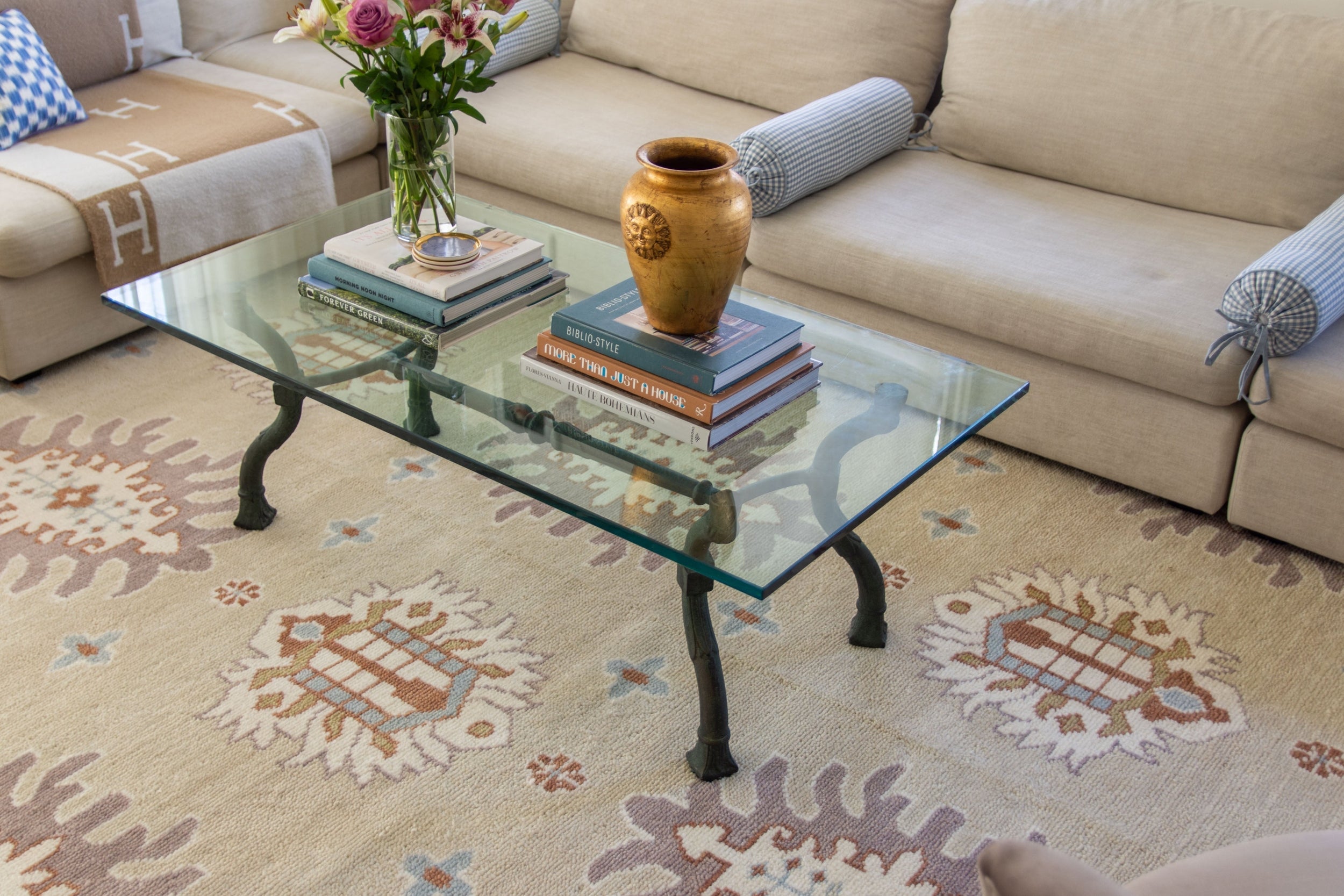Essential Plumbing Maintenance Tips Every Homeowner Should Know
 Plumbing problems happen to every homeowner at some point. And while they can often be prevented with a bit of maintenance, many people are caught off guard. The thing is…
Plumbing problems happen to every homeowner at some point. And while they can often be prevented with a bit of maintenance, many people are caught off guard. The thing is…
Leaks in the home waste up to 10,000 gallons of water every year. That's a lot of water damage – and a big hit to your wallet as well.
In this article:
-
Top Plumbing Issues All Homeowners Encounter
-
Easy Maintenance Tasks You Can Do Yourself
-
When To Hire A Professional Plumber
-
Preventive Measures That Will Help You Save
Why Is Plumbing Maintenance So Important?
Homeowners rarely think about the state of their plumbing until an issue appears.
Which is a huge mistake.
Maintenance is not only about stopping leaks. It's about preventing serious water damage to your home, keeping your water bills low, and avoiding the expensive costs of emergency repairs. Costs that can run into thousands of dollars in a heartbeat.
Even worse, 98% of basements suffer from some form of water damage at some point. Yikes.
The reality is that sometimes you need to get plumbing services for your home. Other times you can do the maintenance work yourself without having to spend a penny. It's just important to know when you need to call a professional Adelaide plumber before a small issue leads to an even bigger disaster.
Check Your Water Pressure
Here's something that most people forget to do or know how to…
Your water pressure can be either too high or too low. The former can damage pipes, fixtures, and appliances. The latter results in disappointing showers that trickle like a dribble. Optimal water pressure sits in the 40-60 PSI (pounds per square inch) range.
Testing is simple. All you need to do is purchase a pressure gauge from any hardware store. Then attach it to an outdoor spigot. Next, turn on the water and read the gauge.
You want it to be less than 80 PSI. If it's higher, you'll need to install a pressure regulator on your main water line.
High water pressure puts unnecessary strain on your entire plumbing system. This will lead to leaks, burst pipes, and failed water-using appliances over time.
Inspect For Leaks
Want the easiest way to prevent water damage?
The answer: Look for leaks before they become an issue. Inspect under sinks, around toilets, near water heaters, and anywhere you have exposed pipes. Check for water stains on ceilings or walls, puddles on the floor, mold growth, or dripping sounds.
A small drip might not seem like a big deal. But even a tiny leak can waste gallons of water (and money) over time. It also, however, can lead to serious structural damage if left hidden long enough.
Here's the thing… Most leaks start small. Catch them early, and the fix is easy. Ignore them, and the repair bill grows.
Clean Your Drains
Don't wait for a clog to occur. Prevent it from happening in the first place.
Flush drains monthly with hot water to remove soap scum, grease, and debris. Kitchen sinks are especially important, as cooking oils can accumulate inside pipes over time.
Avoid chemical drain cleaners. They're hard on pipes and the environment. A drain snake for tough clogs, boiling water poured down drains weekly, and drain screens to catch hair and food are better options.
Preventive drain care takes just a few minutes each month. It can save you hours of frustration later when your sink backs up.
Test For Toilet Leaks
Here's a fact that may shock you…
Toilets can leak without anyone hearing. These silent leaks can waste hundreds of gallons of water each month.
Testing is easy. Put a few drops of food coloring in the toilet tank (avoid the bowl). Wait 30 minutes without flushing. If the color shows in the bowl, you have a leak.
The most common culprit is a worn flapper valve (easy and cheap fix). But those sneaky little leaks add up on your water bill each month.
Maintain Your Water Heater
Water heaters don't get a day off.
If you don't maintain yours, sediment will accumulate at the bottom of the tank over time. It makes the heater work harder, increases running costs, and shortens the lifespan.
So, what should you do? Flush the tank annually to remove sediment buildup. Check the pressure relief valve to ensure it opens and closes properly. Inspect for rust or corrosion to catch problems early, before the tank fails. Set the temperature at 120°F to avoid scalding and save energy.
A well-maintained water heater should last 10-15 years. Neglect it and you'll be replacing it in half the time.
Know Your Main Water Shutoff
A quick question… Do you know where your main water shutoff is?
In the event of a burst pipe, time is critical. If everyone in the house knows where this valve is located – and how to turn it off – it can prevent thousands in water damage.
Test the valve annually to make sure it still works. If it sticks or is hard to turn, apply some lubricant or consider replacing it.
A word of advice: Everyone in the home should know the location of the main water shutoff. When an emergency happens, anyone should be able to quickly turn the water off.
Insulate Against Frozen Pipes
Frozen pipes are the bane of every homeowner's winter.
Water expands as it freezes. That puts enormous pressure on the inside of your pipes. Eventually, this will lead to burst pipes and flooding from water damage that costs thousands to repair.
Prevention is simple. Insulate exposed pipes in unheated areas. Leave cabinet doors open during freezing weather. Let faucets drip slightly when temperatures drop. Disconnect outdoor hoses before winter.
All these tips take minutes to do. But they protect against the water damage nightmares you don't want.
Pay Attention To Drain Waste
Not everything is designed to go down the drain.
Kitchens have the worst offenders: grease, coffee grounds, and food scraps. These culprits cause stubborn clogs that can cost you to get professional help to clear them. In bathrooms, hair is the main problem. Drain catchers are a cheap and simple solution to stop most bathroom clogs.
Never flush "flushable" wipes (they're not flushable), cotton swabs, dental floss, medications, or paper towels. Treat your drains with care, and you'll have fewer clogs and a healthier plumbing system.
Schedule Annual Professional Inspections
Don't skimp on professional inspections, even if you keep on top of your own DIY maintenance.
Qualified plumbers perform annual inspections that spot problems homeowners might not know to look for. Hidden leaks in walls or under floors. Pipe corrosion and deterioration. Water heater condition. Sewer line health. General system efficiency.
Think of it as taking your car in for regular service. Fixing small problems while they're still small. Rather than waiting until major and expensive failures occur.
When Should You Call In The Professionals?
DIY plumbers should not attempt all plumbing jobs. Here's when you should let the professionals take care of the issue.
-
Burst pipes or major leaks.
-
No water or very low water pressure throughout the house.
-
Sewage backup.
-
Water heater installation or major repairs.
-
Pipe replacements.
-
Any work that involves gas lines.
Attempting complex plumbing repairs without knowledge or training can make a problem worse. Sometimes it's better to call the experts at the first sign of a potential disaster and save money in the long run.
The Bottom Line
Plumbing maintenance is not difficult.
A few simple and regular maintenance tasks will keep your systems running properly. This also helps to avoid expensive emergency repairs. Check for leaks, take care of your drains, service your water heater, and know when to call in the professionals.
The small amount of time and effort put into regular maintenance is repaid handsomely. Lower water bills, fewer costly repairs, and peace of mind that your plumbing system is in good shape are the result.
Make these plumbing maintenance tips a habit, set reminders, and include them in your regular home care, and the system will reward that effort with years of reliable service.
Browse by Category

Design Projects
Explore interiors from client work and personal renovations — layered, livable, and always in progress.
read more →
Collaborations
From product launches to styled spaces, discover the brand stories I’ve helped bring to life.
read more →
The Notebook
A growing archive of iconic designers, inspiring artists, and unforgettable design moments.
read more →
Travel by Design
Wander with a designer’s eye — from charming hotels and city guides to visual inspiration abroad.
read more →




